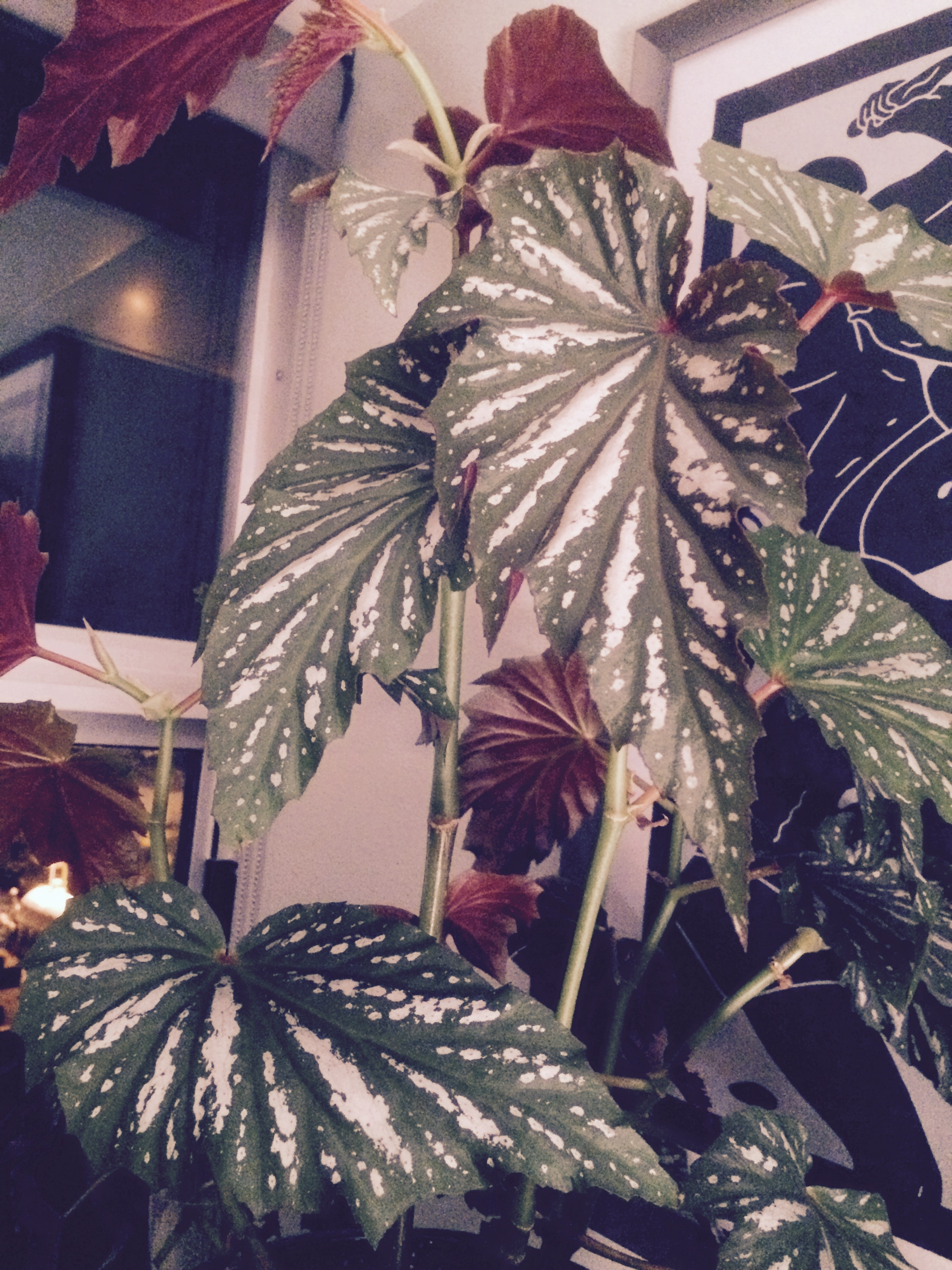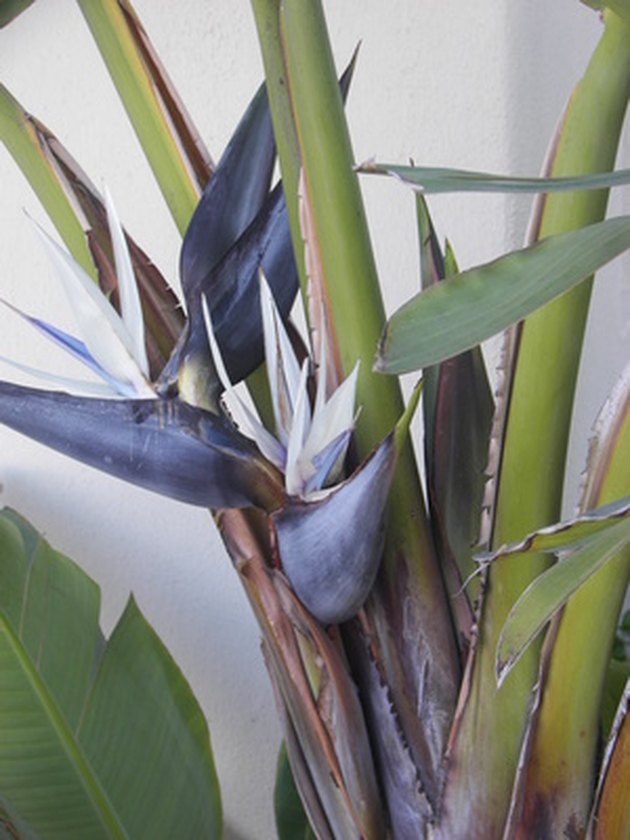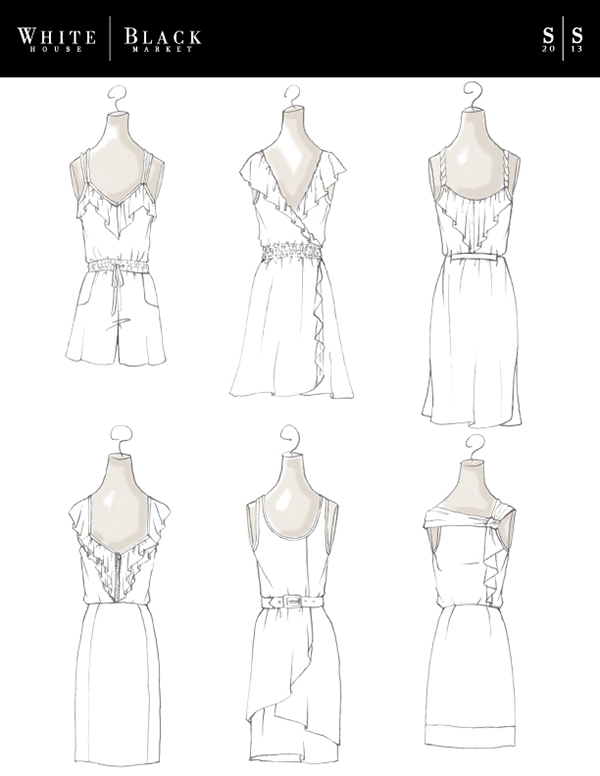Table of Content
Make a vertical cut about 1-1/2 inches long that is parallel with the grain of the wood by drawing the knife upward. Once inserted, the bud should be placed in about the center of this vertical slit. The side, or stub, graft is suitable for plants that are too large for a whip graft but not large enough for easily making a cleft or bark graft.
Place the containers in a spot that receives full sun or just a little bit of shade. While most small evergreen shrubs are somewhat short-lived, Mexican orange is an exception, often living many decades with little decline in appearance. This plant performs best in soil that is fertile and humusy, well-draining and slightly acidic.
Welcome to Bean Growing
Any material that remains after treatment should be discarded and not returned to the original container. Be sure to tap the cuttings to remove excess hormone when using a powder formulation. Gel rooting hormone tends to work in 1 to 2 weeks, so you will see the root development then. Dip the cut end of your cuttings in a rooting hormone and sink them about halfway down into the potting mixture.

This is a great way of multiplying the plants you have and sharing the plant love with friends. I will say, it’s kind of hard to give away a plant that you’ve been nursing from its beginning. I just gave two Chain of Hearts cuttings away today to super awesome homes. Coat the bottom of your cutting in the aloe gel before you plant it. When you’re ready to plant your cuttings, dip the cut ends into the aloe gel. Spin the cutting around so you get an even coating of the gel on the stem before putting it in your soil.
Featured Articles
She's also an author of three gardening books, a plant photographer, public speaker, and a former Cornell Cooperative Extension Horticulture Educator. In tissue culture, the cells of the explant form an undifferentiated mass of cells known as a callus. This callus continues to grow in size during the multiplication stage. After the graft begins to grow, it will continue to require attention. During the first season, do not prune branches that grow.

Information about germination time and other plant characteristics is provided on seed packets. It may be possible to get two to five cuttings from each stem. Repeat steps three through six if the remaining stem is long enough. Make sure you keep track of which end of the cutting is the base and which is the top. The base of the cutting, not the top, should always be the end placed in the rooting mix.
Brewing a Willow Water Solution
Some succulent plants have leaves that lack petioles . These leaves can simply be broken off the stem, the broken end dipped in rooting hormone, and the leaf inserted about 1/3 of its length into rooting mix. Since these plants are very sensitive to excess water, make sure the rooting mix stays damp but DO NOT enclose the pot in a plastic bag. Roots and then new shoots will develop at the base of the leaf and can be separated into individual plantlets . The preferred method of how to propagate a pothos begins the same as the first. Take the pothos cuttings and remove the first leaf above the cut ends.
Apply a balanced fertilizer at least once per month for the best results. Plumbagos are drought tolerant plants, they do not need watering more than twice a week during the warmer summer months. When the weather cools and fall begin, reduce watering to once per week. When planted, the bush/shrub forms into loosely branched mounds that grow up to 36″ inches tall and wide.
Examples of plants that can be propagated via greenwood cuttings include boxwoods, dahlias, and gardenias. Stem cuttings can be taken and rooted at almost any time during the parent plant's active growth period. You also can take cuttings from many woody plants during their dormancy.

Young trees may be cleft grafted on the trunk, while older trees are grafted on branches not more than 2-1/2 inches in diameter. Branches fully exposed to sunlight and in the main stream of sap flow produce better results than those in shaded or inactive areas. Grafts on upright branches grow better than those on horizontal branches.
Cuts on both sides of the scion for a cleft graft form a wedge. The cutting procedure should be exactly the same as that for the stock. The only difference is that the cuts are made at the bottom of the scion piece, whereas they were made at the top of the stock. The more similar the cuts on the two pieces, the greater the chance of a successful graft union. Watch for temperature fluctuation and seedling emergence.
Before you plant your cuttings in the soil or rooting medium, dip the bottom of your cuttings in powder or solution to encourage root development. Cane cuttings are used for Dieffenbachia, Dracaena , and other plants with thick stems. The stem, or cane, is cut into segments and placed into rooting mix.

No comments:
Post a Comment